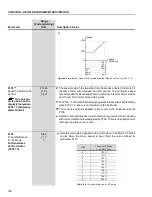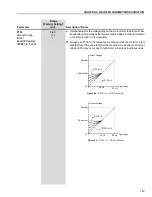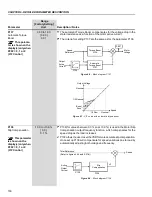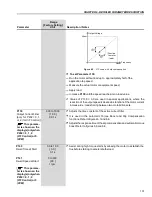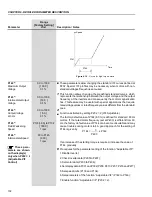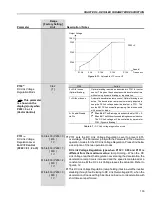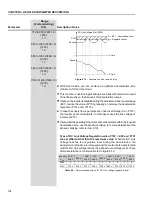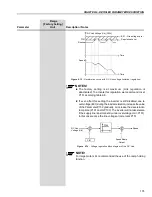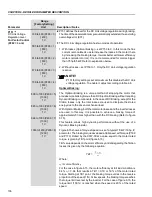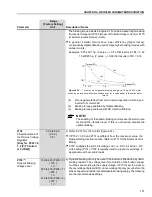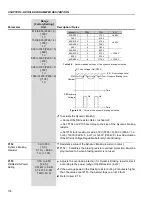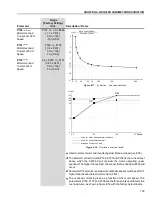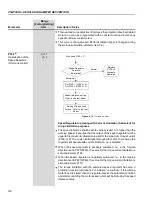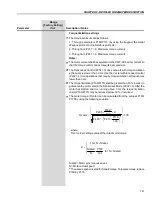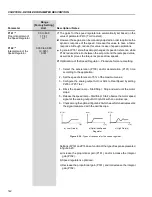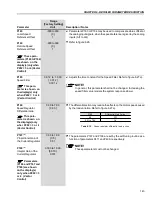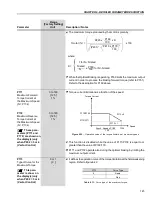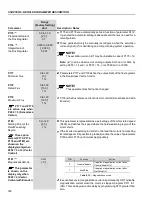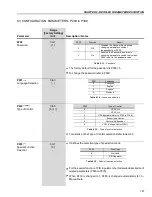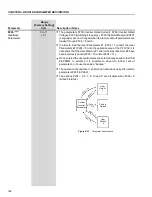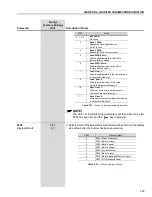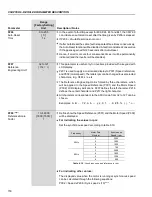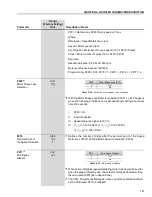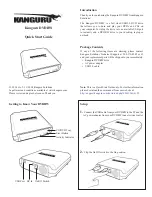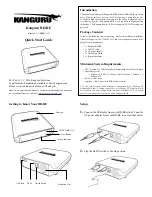
142
CHAPTER 6 - DETAILED PARAMETER DESCRIPTION
Range
[Factory Setting]
Parameter
Unit
Description / Notes
P161
(3)
0.0 to 63.9
Proportional Gain of
[ 7.4 ]
the Speed Regulator
0.1
P162
(3)
0.000 to 9.999
Integral Gain of the
[ 0.023 ]
Speed Regulator
0.001
The gains for the speed regulator are automatically set based on the
value of parameter P413 (Tm Constant).
However, these gains can be manually adjusted in order to optimize the
dynamic response of the speed. Increase this value to have a faster
response. Although, reduce this value in case of speed oscillations.
In general, P161 smoothes abrupt changes of speed or reference, while
P162 reduces the error between the set point and the real speed value,
as well as improves the torque response at low speeds.
Optimization of the Speed Regulator – Procedure for manual setting:
1 - Select the acceleration (P100) and/or deceleration (P101) time
according to the application;
2 - Set the speed reference to 75 % of the maximum value;
3 - Configure the analog output AO3 or AO4 to Real Speed by setting
P255 or P257 to 2;
4 - Block the speed ramp – Start/Stop = Stop and wait until the motor
stops;
5 - Release the speed ramp – Start/Stop = Start; observe the motor speed
signal at the analog output AO3 or AO4 with an oscilloscope;
6 - Check among the options in figure 6.20 which waveform best represents
the signal measured with the oscilloscope.
a) Low Gain(s)
N (V)
t (s)
N (V)
t (s)
N (V)
t (s)
b) Optimized Speed
Regulator
c) High Gain(s)
Figure 6.20
- Types of response for the speed regulator
Settings of P161 and P162 as a function of the type of response presented
in figure 6.20:
a) Increase the proportional gain (P161), and/or increase the integral
gain (P162).
b) Speed regulator is optimized.
c) Decrease the proportional gain (P161), and/or decrease the integral
gain (P162).

